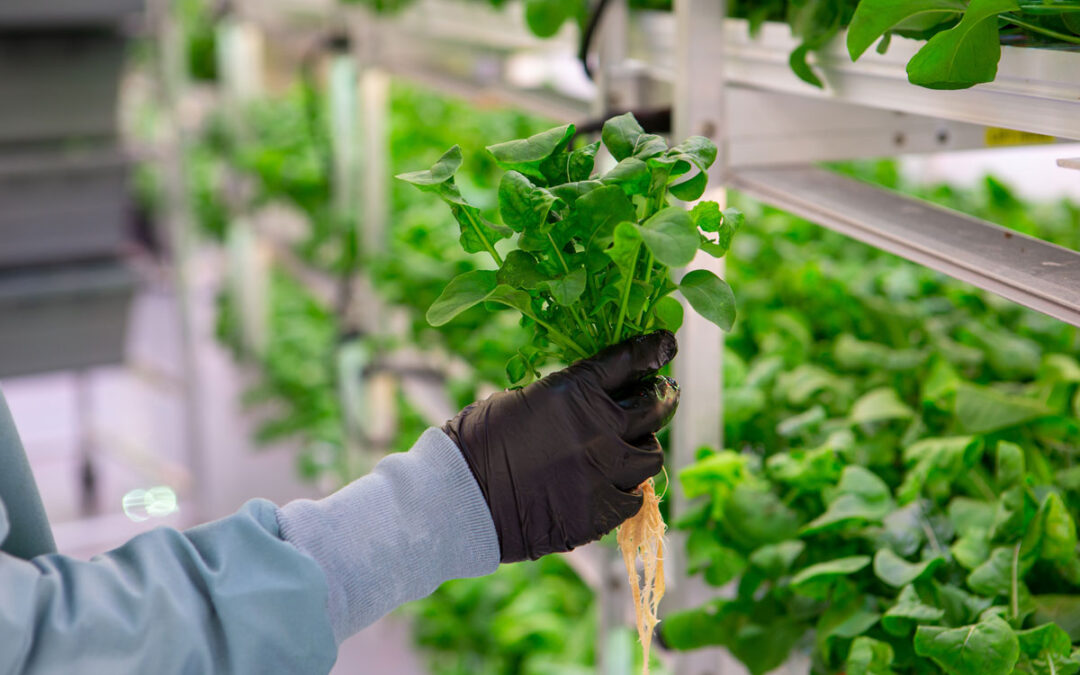Hydroponics and the Development of Agriculture
Hydroponics is defined as a method of growing vegetables without the help of any soil. These plants are produced in sand, liquid or gravel. There are additional nutrients but no use of soil at all. Since there is no use of actual soil, there is no mechanical support for the growth of the plants. This new method offers a hoard of opportunities in growing vegetables hydroponically. Some of the vegetables that may be grown are capsicums, eggplants, cucumbers and tomatoes. This method was mainly introduced due to the demand of the consumers. According to the latest reports, consumers prefer tomatoes grown hydroponically rather than those that are produced conventionally.
What is needed:
- Fresh water. Most plants like water with a pH level around 6–6.5. You can adjust the acidity of your water with over-the-counter solutions found at your local hardware, garden, or hydroponic store.
- Oxygen. Make sure not to drown the plants! In traditional farming, roots can get the oxygen needed for respiration from pockets of air in the soil. Depending on your hydroponic setup, you will either need to leave space between the base of your plant and the water reservoir, or you’ll need oxygenate your container (think of bubbles in a fish tank), which you can accomplish by buying an air stone or installing an air pump.
- Root Support. Even though you don’t need soil, your plant’s roots still need a little something to hold on to. Typical materials include vermiculite, perlite, peat moss, coconut fiber, and rockwool. Stay away from materials that might compact (like sand) or that don’t retain any moisture (like gravel).
- Nutrients. Your plant is going to need plenty of magnesium, phosphorus, calcium, and other nutrients to stay healthy and productive –– just like plants growing in the ground need healthy soil and fertilizer. When you’re growing plants without soil, this “plant food” must be included in the water that’s feeding your plants. While you can technically make your own nutrient solution, it’s easy to buy mixtures online and in stores.
- Light. If you’re growing your plants indoors, you might have to invest in some special lighting. Each kind of plant will have a different requirement for the amount of light it needs and for the placement of lights (typically referred to as Daily Light Integral or DLI).
Thus, greenhouses, that possessed older technology, are now being replaced with newer technology that caters to consumer demands. At the present moment, hydroponic tomatoes account for thirty per cent of the tomatoes that are sold in the Australian market. Over time, hydroponic vegetables will take over the entirety of the vegetable market. Substantial opportunities exist for investors to enter the industry as growers, and become part of a dynamic network of similar producers. Or there is a need for infrastructure, in the form of glasshouses, packing sheds and cool rooms, to be developed.
There are many avenues of entry into an industry that is now having a growth spurt in Australia. This growth is being driven by strong consumer support and retail pressure for quality produce. Substantial investment is required to satisfy the demand.
Article by: Hari Yellina (Orchard Tech)



